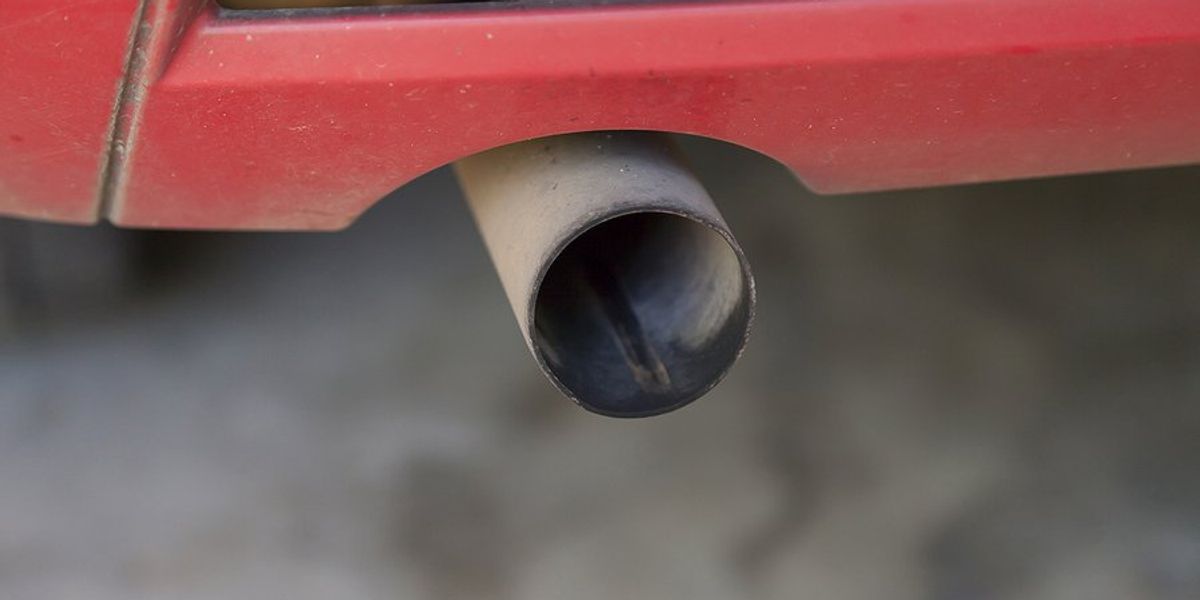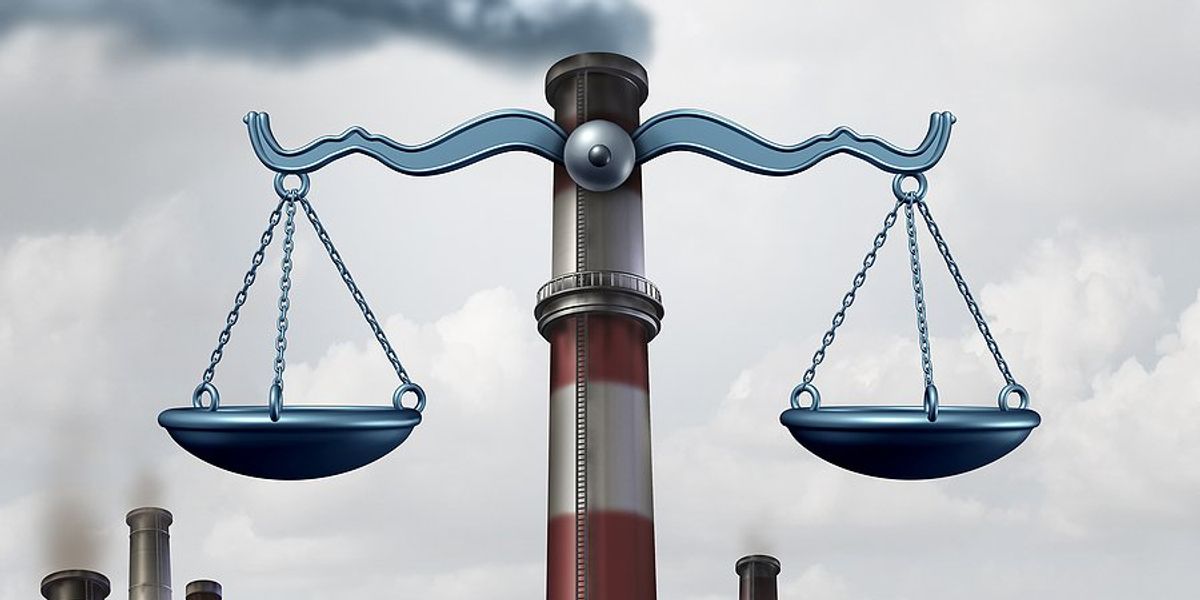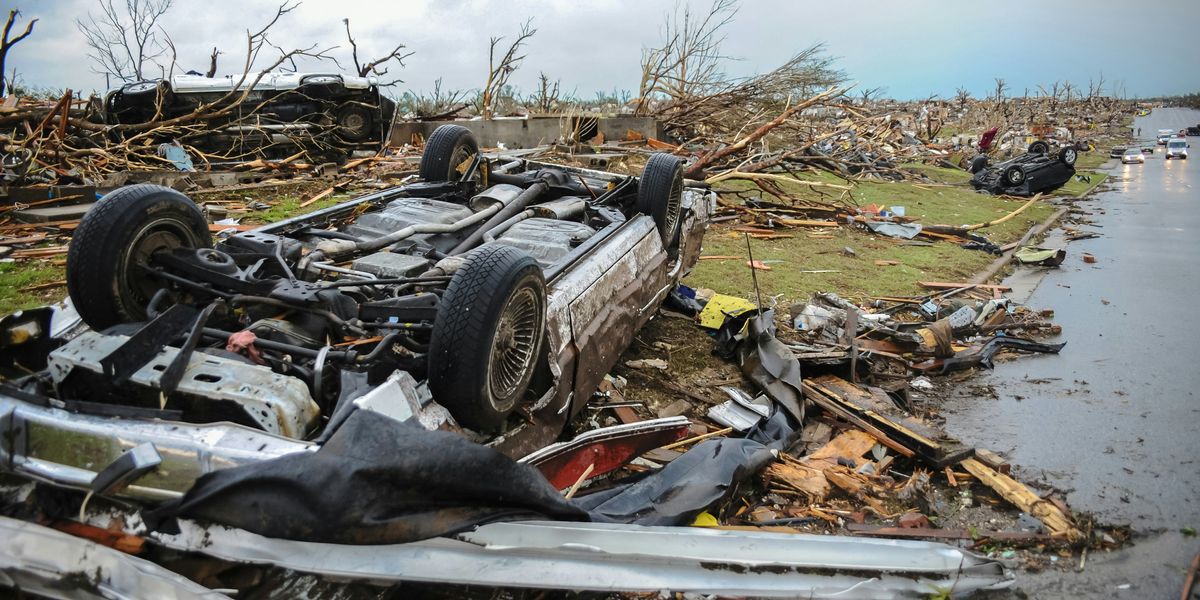
Opinion: AI’s environmental toll grows as use spreads among youth and schools
As more young people use AI tools like ChatGPT for everyday tasks and education, researchers warn that the technology’s carbon and water footprint is accelerating environmental harm, often in already burdened communities.
Lex McMenamin reports for Teen Vogue.
In short:
- Training and running large language models such as ChatGPT consumes enormous energy and water, straining public resources and increasing carbon emissions. A 100-word ChatGPT email, for example, can use as much as a bottle of drinking water and enough electricity to power 14 LED bulbs for an hour.
- Data centers powering AI often draw energy from coal plants and are frequently located in low-income, marginalized areas already facing high pollution and health burdens. Some utilities have extended coal plant operations to support AI demand, despite prior plans to shut them down.
- Google, Microsoft, and OpenAI acknowledge the environmental strain from AI infrastructure and have set sustainability targets, but reports show these goals are not being met. Meanwhile, tech companies are expanding nuclear energy projects to meet surging AI energy needs.
Key quote:
“There are tangible and measurable harms attached to data center expansion and the use of resources for powerful AI.”
— Tamara Kneese, director of Data & Society’s Climate, Technology, and Justice program
Why this matters:
As artificial intelligence becomes deeply embedded in daily life, from classrooms to chatbots, its hidden environmental toll is becoming harder to ignore. Running advanced AI systems requires vast computing power, which in turn demands huge amounts of electricity and water. Data centers, often reliant on fossil fuels, exacerbate local air pollution and public health challenges while diverting water from regions with limited supply. Even companies promoting AI as a solution to climate change admit they are failing to meet their own sustainability goals. And with AI tools becoming standard in education and tech companies pushing to normalize their presence, the pressure to keep these centers running is only increasing.
Read more: Artificial intelligence's role in climate change: A double-edged sword













